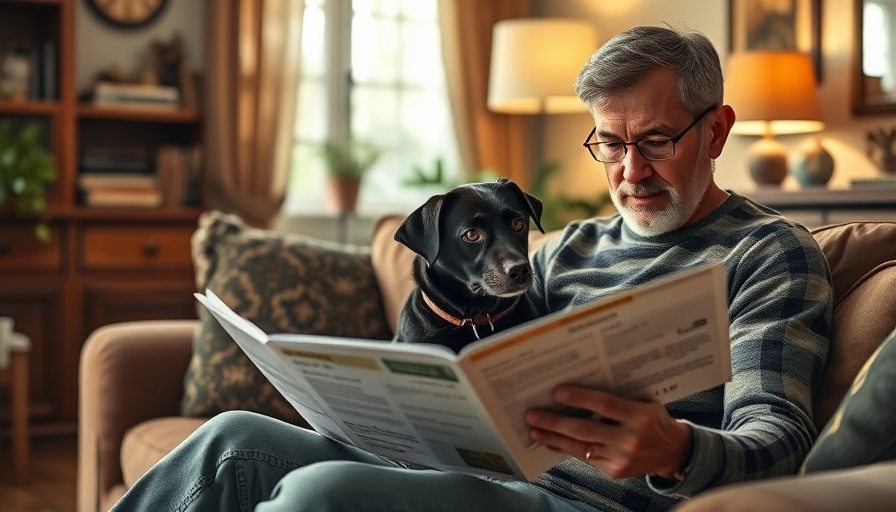
Teaching Children to Safely Interact with Dogs
As pet ownership rises across Northwestern Indiana, understanding how to ensure safe interactions between children and dogs is paramount. Proper education about approaching dogs can prevent bites, fostering a safer and more joyful pet-parenting experience. According to recent studies, many dog bites occur when children do not recognize signs of a distressed animal. By teaching kids to respect a dog's space and read their body language, we can cultivate harmonious relationships.
The Importance of Education
Education on dog behavior is as vital as knowing the basics of responsible pet ownership. Resources like community workshops and local veterinary offices often provide tools to help parents teach their children. These resources encourage kids to greet dogs correctly—by allowing them to sniff hands first, which helps create comfort and trust.
A Shared Responsibility
Pet owners also play a critical part in preventing incidents. By ensuring their pets are well-socialized and properly trained, dog owners contribute to a community where both dogs and children can coexist safely. This community effort supports healthy pet ownership while enhancing children's experiences with animals.
Real-Life Experiences
Countless families have witnessed the remarkable bonding between children and pets when both parties feel safe. For instance, one local parent shared how teaching her children about dog signals transformed their family dog into a cherished playmate rather than a source of fear. Her children now engage with their dog joyfully, illustrating how fear can turn into affection through understanding.
Tools for Success
From interactive dog safety books to local training classes, there are various tools available to aid parents in educating their kids. In addition, incorporating these lessons into family routines not only helps create a safer environment but also strengthens family bonds through shared knowledge and experiences.
 Add Row
Add Row  Add
Add 




Write A Comment